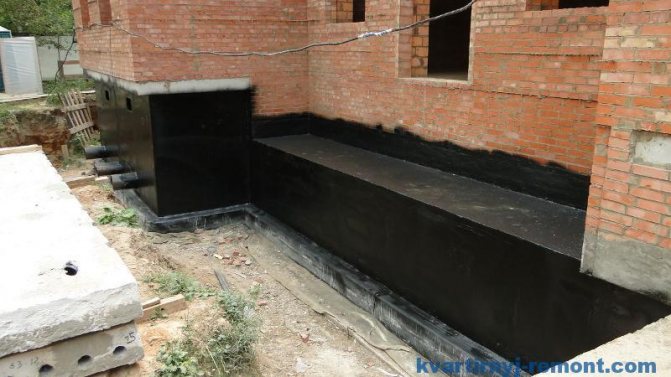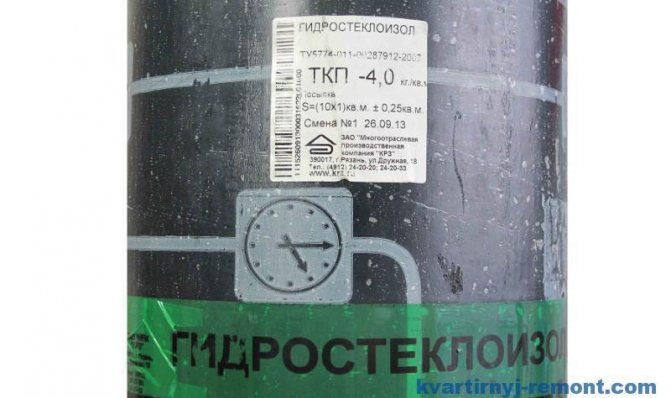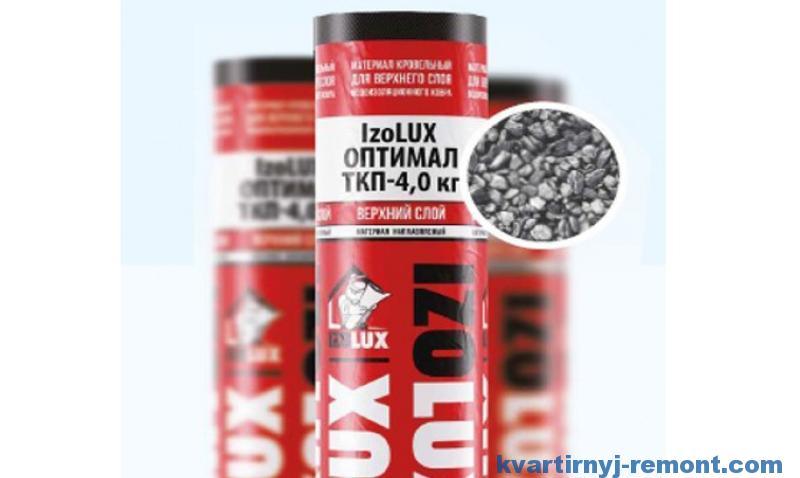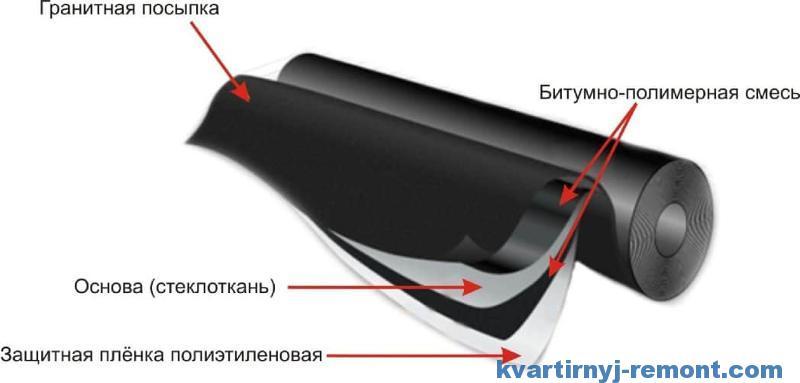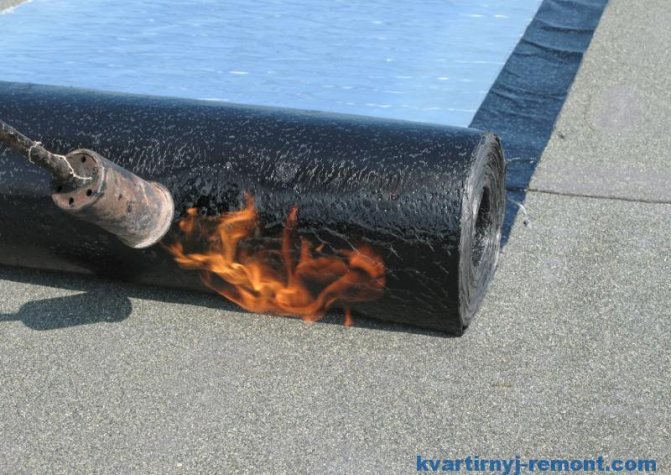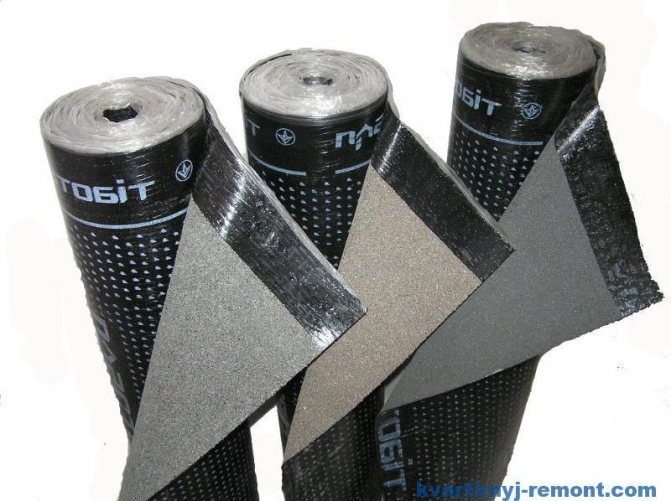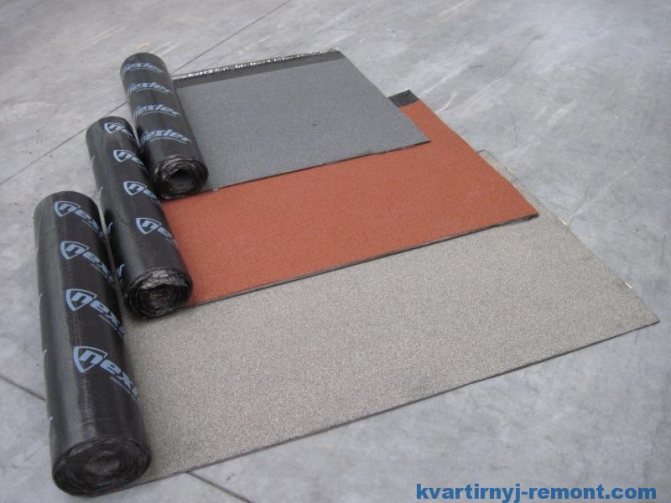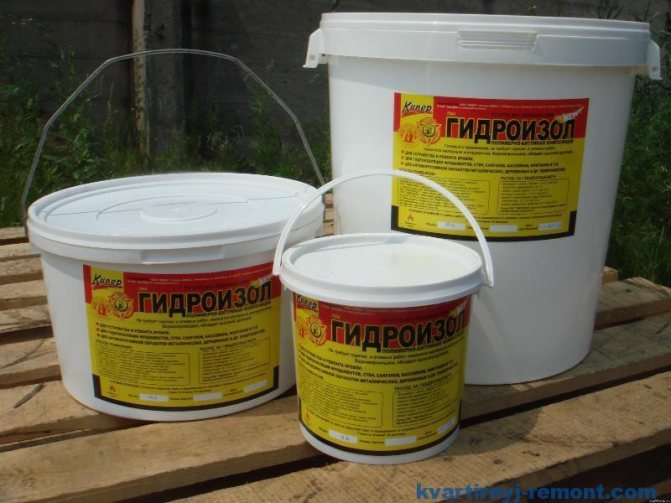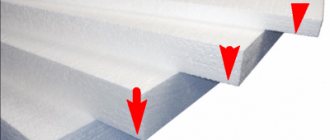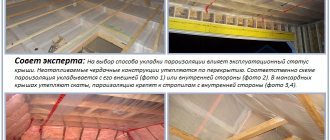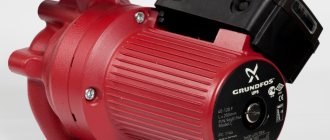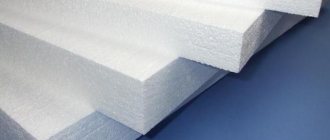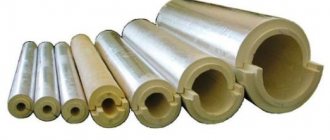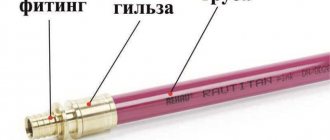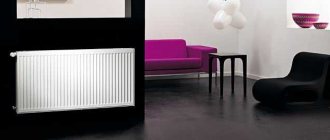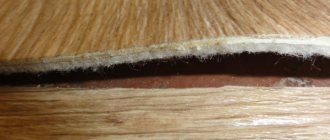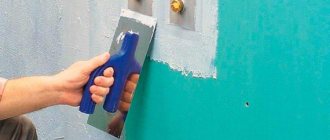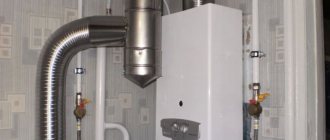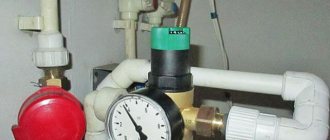In construction, a huge number of different materials are used, among which the group used for waterproofing occupies an important place. Without reliable protection of concrete, brick, wooden structures and structures from moisture, they begin to rapidly deteriorate, and their service life is reduced. Therefore, waterproofing work is a significant element of the construction process, and the industry produces a variety of products for these purposes: roll waterproofing materials, mastics, waterproof membranes.
In the list of demanded building materials in this direction, there is a hydro-insulator, with the characteristics and features of which we propose to get to know better.
Technical characteristics of hydrostekloizol
This material has good insulating properties. Gidrostekloizol consists of a fabric impregnated with oil bitumen and additional granite substances. High quality fiberglass material is able to withstand various atmospheric conditions and aggressive environments. It is used for sealing pipes, ventilation, roofs, drainage systems, as well as water pipes. Pipes are most often insulated with Thermaflex or Vilatherm, these are specially created materials for thermal insulation. Gidrostekloizol is made of two layers, which are lubricated with bitumen. Due to its high-tech composition, it has an elastic structure that is resistant to various temperature extremes. In addition to roofing roofs and pipelines, the material is used to insulate large structures such as overpasses, subways and bridges. Like all materials, Gidrostekloizol has a number of modifications, which are designated by brands. According to the standard, it is produced in the form of rolls, it is 1m wide and 10m long. The brands differ in the way the material is made.
Among them are main series:
- HPP - the bottom layer consists of fiberglass
- HKP - the top layer of fiberglass
- CCI - bottom layer of fiberglass
- TKP - fiberglass top layer
- EPP - glass - polyester bottom
- EKP - respectively the top layer of glass - polyester
Their scope is determined depending on the composition. The letter "K" indicates that the material is made of coarse-grained fillings, and the "P" that it is equipped with an additional protective polymer film. Coarse-grained materials are used for roof waterproofing. Fine-grained ones are used as cushioning material. Gidrostekloizol is able to withstand breaking tension up to 60 kg.
What is Hydroisol?
In short, we have already made it clear what hydroisol is. Now let's take a look at its design features. In general, considering the waterproofing, it must be said that it includes fiberglass.
Fiberglass is formed from compounds of quartz melt, which makes the material hermetic and endows with the ability to resist high temperatures. In the process of processing, a thermal effect on the material occurs, which makes it plastic, strong and capable of withstanding significant bends.
If you take and cut roll of waterproofing, look at the cut of the material, we will see a black structure. If the color is different from black, then you have a low-quality product. Hence the price, because the price for gray and brown material is much lower.
For additional strength and protection from water, it is customary to process one or both sides of the roll with mineral chips. Additional protection of the material is provided by a polymer film.Due to the fact that the composition of raw materials does not include organic compounds, even under the influence of moisture and high temperatures, there is nothing to rot in the roll.
This means that it will last for a long time. A similar composition has not only roll configurations, but also mastic, which is supplied in containers of various sizes. The mastic is used for waterproofing foundations and roofs.
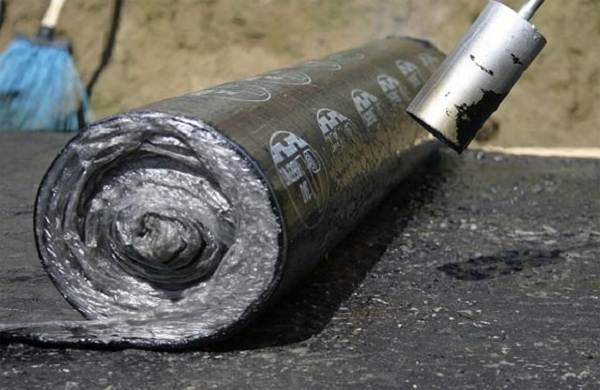
Roof waterproofing with waterproofing
If it is not used, then even the slightest ingress of water into the crack will freeze it in the winter season. This means that it will expand, gradually, the crack will increase, which will lead to a loss of thermal insulation properties.
Gidrostekloizol "Technonikol"
The Tenonikol Corporation produces various materials that are resistant to all kinds of climatic conditions. At the same time, the most popular material is hydroglass insol. Before purchasing the material, it is necessary to make a diagnosis of the surface quality that is required in the insulation. After that, you should decide on the required properties of glass insulation. It can be protection from UV rays or water. TechnoNIKOL material can be laid even at sub-zero temperatures up to - 15 degrees. C. This material is more economical as the base does not need an additional layer of bitumen. Fiberglass does not rot or crumble. Its service life is over 15 years.
Types and characteristics of hydroisol
There are several classifications hydroisol. Views can be marked on the basis. So, rolls with fiberglass are designated by the letter "T". If the basis of the waterproofing fiberglass, there is an "X" mark. Coverage of the material is also noted. The film is designated by the letter "P", and mineral chips "K".
Different material combinations yield 6 isolate grades. Hydroizol "TPP", for example, - a material based on fiberglass with a double-sided coating with a polymer film. In contrast, we put the brand HPP. Hydroizol also with a double film coating, but based on fiberglass.
Marking "HKP" indicates a material with fiberglass, on one side of which mineral chips are sprayed, and on the other, a film is fixed. "TKP", respectively, the same waterproofing with fiberglass.
There are also rolls with EKP and EPP markers. The letter "E" is the designation for polyester. It sometimes replaces fiberglass. Polyester is a synthetic fabric. If we talk about the first samples of hydroisol, they were made on the basis of paper impregnated with resins. In comparison, polyester isolate is the height of perfection. Label the hero of the article and in accordance with the use. Not all rolls go to the foundation punch. There are also, roof waterproofing... She also needs moisture protection.
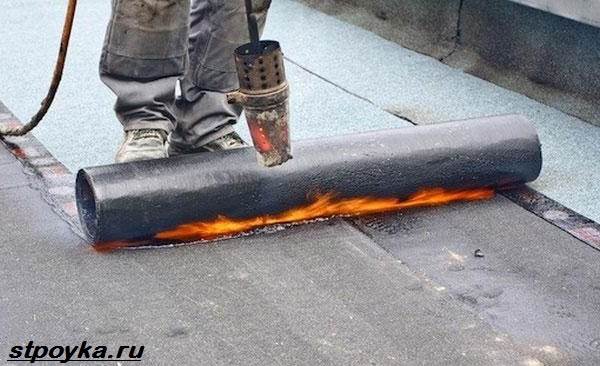

In the photo, laying the waterproofing
Rolls are used separately, or as an interlayer under stronger and more durable coatings, for example, slate, tiles. We are looking for the marking "GI-K", that is, roofing waterproofing. Designation of rolls for insulation of underground parts of buildings - "GI-G". Distinguish between hydroisol and form. The material is not always rolled. There are also bays. The cords in them are raw materials for waterproofing cracks, for example, in the foundation. Usually, it is required to fill work seams.
There are bands that can increase in volume up to 15 times. Convenient, because the sealing cord can be delivered to the site in a passenger car. The material expands due to the presence of sodium bentonite and rubber in the composition. The latter is a layered aluminum silicate. He has a high absorption, that is, the ability to absorb particles of other matters. Due to them, in fact, the hydroisol increases in size.
Hydroisol in the cord is denoted with the letter "M". There are options for different diameters. Roll material also varies in thickness. Can buy waterproofing in 2.5, 3, 3.5 and 4 millimeters. The first is the cheapest and easiest. The weight of a roll of 10 squares is approximately 22-23 kilograms.The mass of hydroisol with a width of 4 millimeters is already about 40 kilos. But thick sheets are more durable.
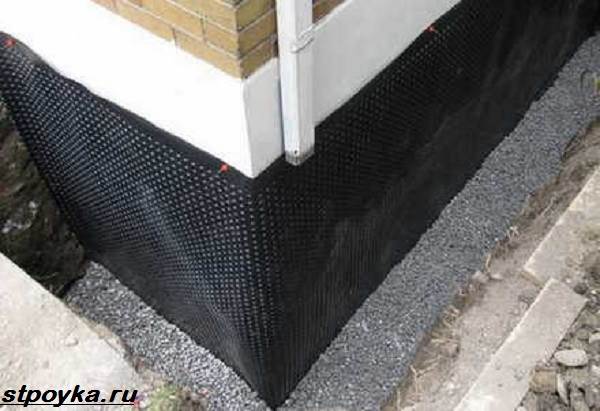

In the photo, the foundation covered with waterproofing
The presence of a rigid base in waterproofing eliminates the possibility of filling cracks with material. They are so small that the cord-shaped isolate will not fit. In this case, they release liquid waterproofing.
It is applied with a brush. The solvent evaporates in air. A monolithic, waterproof mass remains. The product is sold in buckets and cans, like paint. Name the product hydroizol PBK.
If a liquid waterproofing applied at standard temperatures, roll material can be applied in two ways. The first is gluing the isolate. The second way of laying is its melting.
Created to work with minor imperfections mastic-waterproofing... It requires constant heating, is applied with a spatula, viscous. The latter property “clogs up” the tool. Clean the spatula with gasoline. Kerosene will do too.
Laying technology of hydroglass insulation
This material can be mounted using a special bitumen mastic. This cold method is necessary when lining pipes or ventilation. The hot method using a gas burner is used to seal roofs and other structures that are resistant to firepower. In this case, laying is done only with an overlap. Before covering the base with material, it must be ideally cleaned of dirt and previous roofing materials. In order to ensure good adhesion of the material to the base having a concrete or loose surface, it is necessary to use a special primer. It can be purchased separately or prepared by yourself by mixing bitumen with gasoline in proportions 1: 2. The bituminous primer can be applied with a brush, roller or spray. After which it should dry completely. The material is laid out on the base, measured, and the excess is cut off. The cushioning material "P" is heated separately and in a semi-molten state is already applied to the base, and the roofing hydroglass "K" must be warmed up together with the base before laying. At the very end, the seams are checked and sealed.
Video: The process of laying waterproofing
The use of roll-up waterproofing for the roofing cake has long been traditional. Today, both modern PVC-based canvases and older materials based on bitumen, such as roofing material, are used as a waterproof layer.
Hydroisol is one of the types of waterproofing that allows you to create a durable and at the same time effective water-repellent layer on various types of roofs. However, you should know what types of roofs the material is suitable for, as well as in situations of recommended use. And when choosing waterproofing, you need to navigate in the brands of rolls.
Pros and cons of hydroisol
It is convenient to talk about the advantages and disadvantages of the material in comparison with competitors, for example, roofing material. This is also a budget isolate. It is based on cardboard. There is a risk of material decay. Roof waterproofing or the foundation water does not destroy even if the homogeneity of the upper bitumen layer is disturbed.
Having a rigid base, waterproofing can withstand more heat. Many remember the softened roofs of Soviet garages, which they climbed in childhood. It was the roofing material melted. In the cold, it cracks, and in the heat it softens.
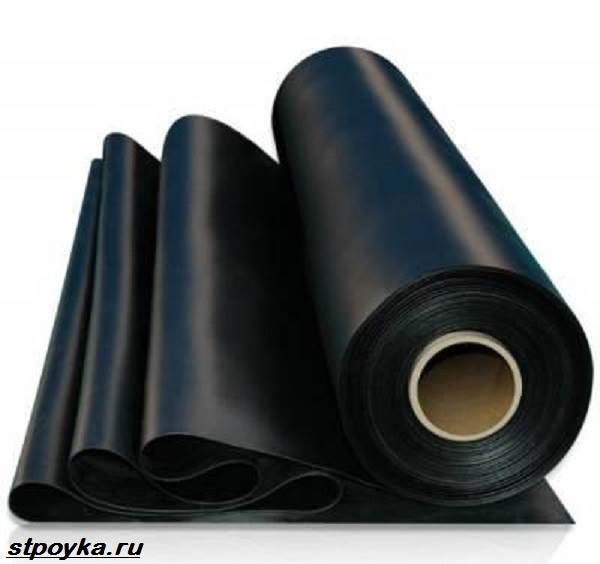

The summer sun is enough. Hydroisol melts only at 80 degrees. Such is GOST. Hydroizol must comply with the standard numbered "4415-86". Accordingly, a quality certificate is attached to the product. Its absence is a reason to doubt the characteristics of the isolate.
The high melting point of the waterproofing compound minimizes the risk of spontaneous combustion. It happens with roofing material. In addition, the first one has to be refurbished approximately every 3 years.The waterproofing is guaranteed for 15 years. In fact, both materials can last longer.
A high-quality and correctly laid roofing material does not require replacement for about 10, or even 20 years. Hydroizol is able to protect against moisture and half a century. The isolate is especially durable in the foundation. There, the material is closed from the main planes, protected from access to ultraviolet radiation and temperature cycles of freezing and defrosting.
By and large hydroisol (G) - a roofing material receiver made to a higher standard. But, a number of disadvantages remain. Like roofing material, the hero of the article is able to melt to the base.
For the foundation, this is not so important, since the house is rarely dismantled to the ground in order to replace the isolate. On the roofs, the coating is periodically overlapped. It can be problematic to remove a hydroisol that has served that way for 20 years. Bitumen literally grasps tightly with the roof.
Of the advantages common with roofing material, it is worth pointing out the high tensile strength of the waterproofing material. It reaches 90 kilograms of strength. On roofs, for example, this prevents the coating from collapsing during stormy winds.
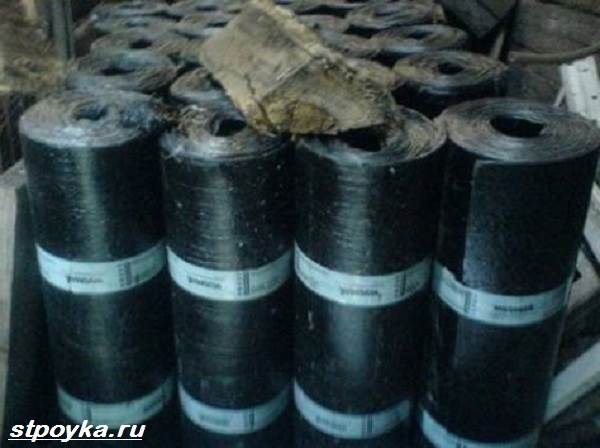

However, the range of products only withstands 30 kilograms of force. The exact indicator depends on the structure of the hydroisol, its thickness and composition. The general name of the material allows different manufacturers to work under the "brand".
Some significantly exceed the long-standing GOST. Others barely pull on him. At the same time, all the options are touted on the websites of the companies. Therefore, opinions about the material of a particular manufacturer, for example, waterproofing "Technonikol"”Should be asked from the firm's clients, not its managers.

